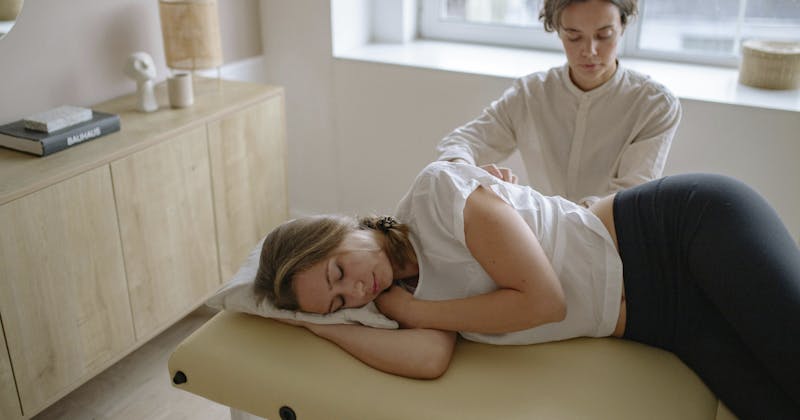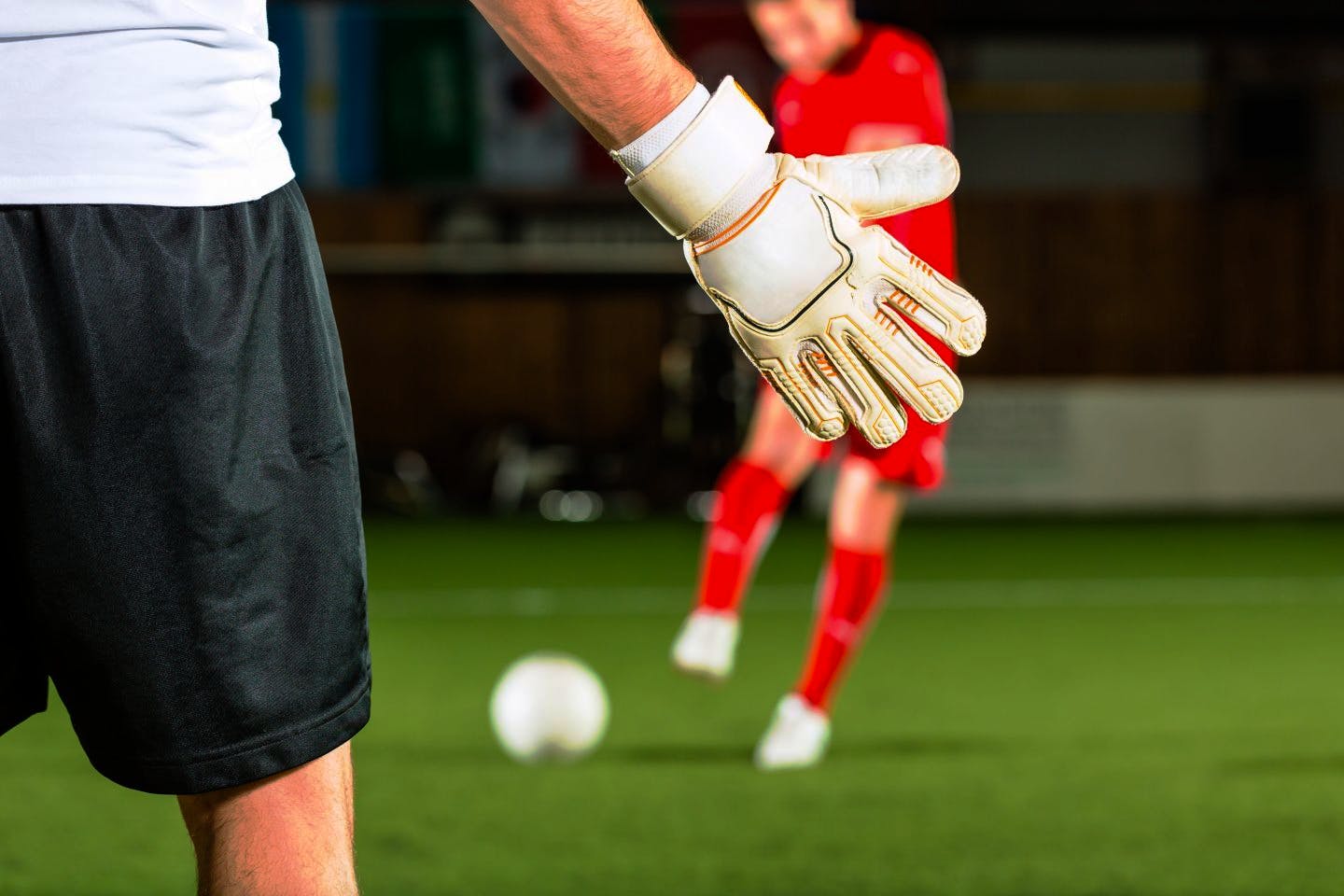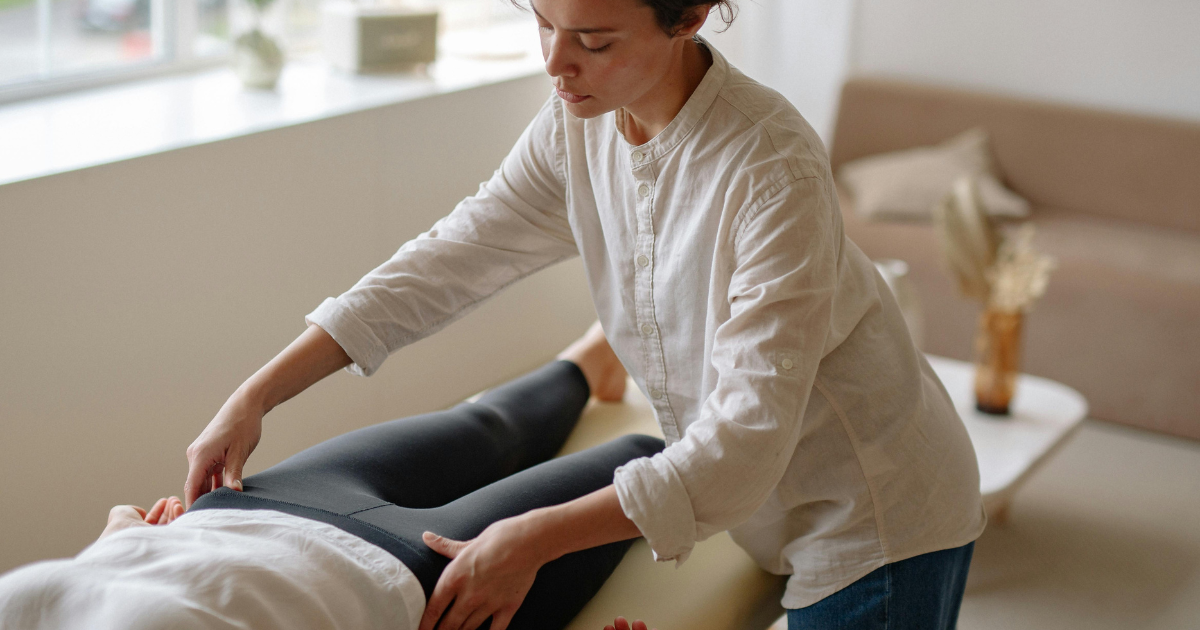It did not start with a fall or crash. Kara had just bent down to tie her shoes when she felt a sharp pop in her hip. At first, she ignored it. But over the next few weeks, that dull ache turned into sharper pain during walks, long car rides, or getting up from a chair. And when her hip locked up one morning, she knew something was off.
She’d never even heard of a labrum before, but now, it was all she could think about.
If that sounds familiar, you might be wondering the same thing Kara did:
“Can physiotherapy fix this, or is surgery the only way out?”
Let’s walk through what a hip labral tear is, how physio helps, and when surgery might make sense.
What Is a Hip Labral Tear?
There’s a soft ring of cartilage inside your hip joint, called the labrum. It lines the rim of your hip socket, helping keep the ball of your thigh bone stable and secure.
When that ring tears, whether from an injury, repetitive strain, or just years of movement, you might feel- The American Academy of Orthopedic Surgeons:
- Clicking, catching, or locking
- Pain in your groin or outer hip
- Limited range of motion
- Stiffness after sitting or driving
- Pain when twisting or turning
Labral tear isn’t just an athlete’s injury. We’ve seen it in runners, busy parents, office workers, and weekend hikers.
So... Can Physiotherapy Help You Avoid Surgery?
Yes, often, but it depends on these few things:
- The size and severity of the tear
- What caused it
- The period you’ve had symptoms
- And how committed you are to rehab
The truth is, some people have labral tears and don’t even know it. Others show the tear on a scan, but feel fine. So, rather than obsessing over images, we focus on what your hip can do and how your body responds to treatment.
What Does Physio for a Hip Labral Tear Look Like?
This isn’t just some massage and rest. At Brentwood Physio, we use a movement-based approach that targets the root cause.
So here’s the process:

Step 1: Calm Down the Pain
At first, we aim to reduce irritation in the joint. That means:
- Gentle hands-on treatment
- Modifying how you sit, sleep, or walk to protect the labrum
- Pausing movements that stir up your pain, such as deep squats or long hikes
This phase is about giving your hip the space to settle and your nervous system time to chill.
Step 2: Strengthen and Stabilize
Once the pain’s under control, we go to work:
- Glute bridges and core activation to stabilize your pelvis
- Band exercises targeting those deep hip muscles
- Movements that retrain alignment, so your joint tracks are where they should be
These exercises are powerful, yet they only need simple tools, good form, and consistency, not even a gym. Working in physiotherapy Calgary for decades, we’ve seen that the right rehab can sometimes gelp patients avoid surgery altogether. Every injury is unique to an indivudal and it's up to us as physiotherapists to find the right pathway forward.
Step 3: Restore Function
Once pain calms and your muscles are firing, we help you move like you again.
Depending on your lifestyle, this could include:
- Running drills
- Lateral step-ups
- Rotational core work
- Balance and coordination training
The exercises match what you do in real life, so your rehab feels relevant and rewarding. We asked Sheena Philips, at renewed rehab to weigh in on this, she agreed saying “Focus on core stability, hip muscle strengthening (especially glutes), and improving hip joint control. Activity modification, identifying and addressing compensatory movements.”
When Might Surgery Be Needed?
Sometimes, even with great effort, surgery may still become part of the journey.
Here’s when we might recommend a consult:
- It's been 3–6 months of symptoms, yet you only see little or no progress
- Your hip locks frequently or feels unstable
- Basic movements like walking or stairs still hurt daily
- Scans show a severe tear affecting the joint mechanics
But here’s the key: Even then, physio plays a big role before and after surgery. A strong, stable hip heals faster and gets you back to living sooner. Plus, after surgery, rehab helps you rebuild confidence and function.
Real Talk: You’re Not Broken
Getting a diagnosis like “labral tear” can sound scary, but it doesn’t mean you’re fragile or your days of walking, running, or biking are over.
It’s just your hip seeking attention, saying, “ Hey, I need help moving better.”
With the right physio plan, many people recover without surgery. Others use physio to bounce back stronger after surgery.
As for Kara, she avoided surgery altogether. After two months of focused rehab, she was back on her bike, pain-free and smiling, cruising along the Bow River.
You’ve got options. Let’s help you find the best one.


